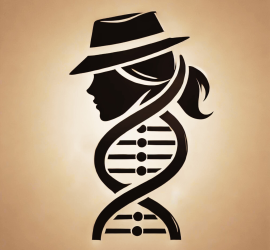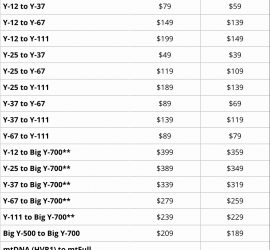DNA
You’ve got your DNA test back, and now you have a million questions to ask. Here is a list of some questions and answers that might help to get you started. Find out about Mickey Mouse, X DNA, Haplogroups, Clusters, DNAPainter and other third party tools, GEDmatch and much more… […]
Ancestry “Cyber Sale” – Check the site for details ancestry.co.uk/ currently £49 Plus Shipping. Offer ends 29 November 2021 11:59pm Check at Amazon as deals there also and they may exclude shipping – Currently £49, no shipping for Prime members. 23andMe Sales on their Ancestry +Traits test and the Health […]
Basics of GEDmatch: 1. Run a one-to-many report for your “kit”. Everyone who uploads their raw DNA files to gedmatch gets allocated a kit number (starts with A if it was from Ancestry T if from ftDNA, and M if from 23andMe) 2. When you run the report the system […]
I’ve recently started a journey of using DNA to further my family tree research. I have an extensive paper trail family tree from many years of research, but I was really interested in what science could offer in terms of using a DNA test to find cousins and confirm who […]



